You are here
Back to topGlobal Banana Exports Down 1.2 Million Metric Tons in 2022
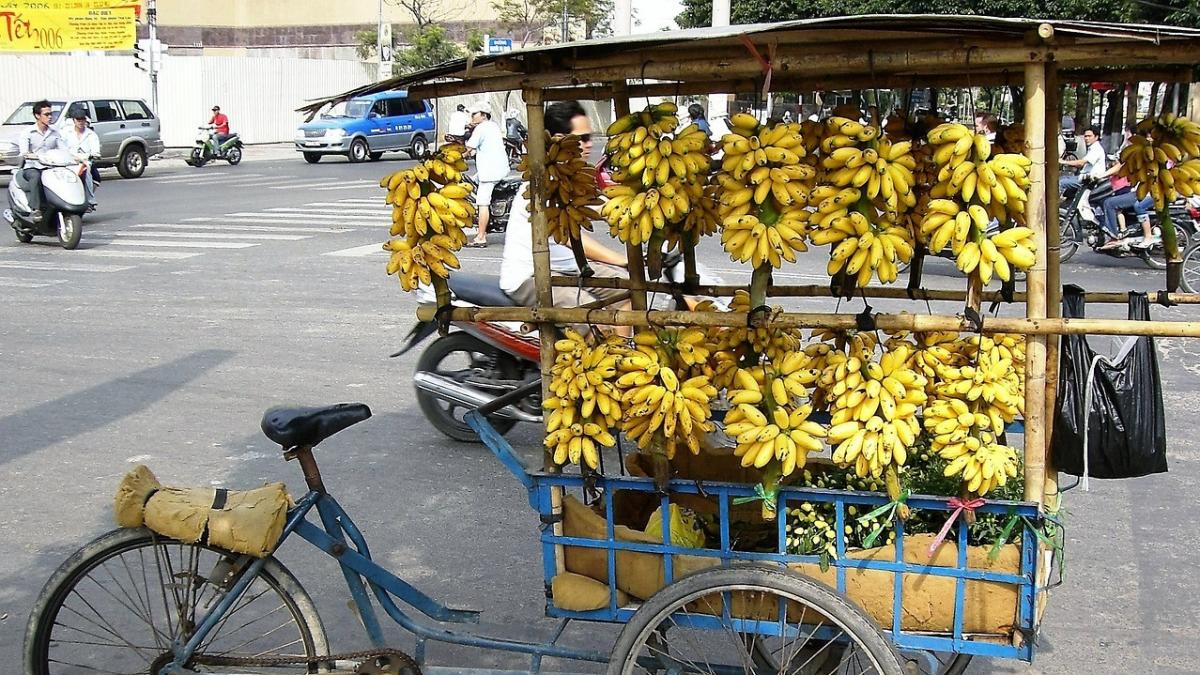
According to the Banana Market Review 2022 report recently released by the Food and Agriculture Organization of the United Nations, global banana exports continued to decline in 2022, totaling approximately 19.1 million metric tons. This represents a drop of 1.2 million metric tons compared with 2021, marking a sharp contrast to the rapid growth observed in the years prior to the COVID-19 pandemic.
Various factors on the supply side significantly impacted the banana trade. Unfavorable weather conditions, insufficient fertilizer supplies, soaring costs, a substantial appreciation of the U.S. dollar and the spread of plant diseases, particularly banana fusarium wilt tropical race 4 (also known as Panama disease TR4), all contributed to the downturn. However, demand from importing countries remained relatively strong. In most major import markets, especially the European Union and the United States, banana prices demonstrated an upward trend.
Exports
The FAO report indicates that global banana exports (excluding plantains) fell by 6.1% in 2022, continuing the significant interruption to the rapid growth witnessed in the years preceding the pandemic. With the exception of Guatemala and Colombia, most of the major banana-exporting countries experienced negative growth, with some even seeing double-digit decreases.
Latin America and the Caribbean, a crucial banana export region, witnessed a total banana export volume of 14.5 million metric tons, which marked a decrease of 900,000 metric tons or 5.7% compared with 2021.
Ecuador, the world’s largest banana exporter, saw an unprecedented decline in exports, which dropped by 12.4% to approximately 5.8 million metric tons. This decline was attributed to several factors. First, the region experienced unusually low temperatures, which had adverse effects on banana growth and quality, resulting in reduced yields and increased production costs. In addition, a shortage of essential fertilizers such as urea further impacted banana production. As for Costa Rica, the second-largest banana exporter in the region, exports from the country also fell by 9.2% to 2.1 million metric tons in 2022.
Banana exports from Asia contracted by 6.8% to 3.9 million metric tons, marking the third consecutive year of decline for the region. The Philippines remained Asia’s main exporter, accounting for approximately 60% of total Asian banana exports. However, the country faced a series of challenges including the spread of Panama disease TR4 and soaring input costs, causing its banana exports to drop by 8.2% to 2.3 million metric tons.
Driven by robust demand from China and Middle Eastern markets, Vietnam, Cambodia and India continued to invest in banana plantations. Both Vietnam and Cambodia achieved impressive double-digit increases in their banana exports, with each reaching an export volume of approximately 410,000 metric tons. Meanwhile, India exported around 360,000 metric tons of bananas in 2022, corresponding to a noteworthy year-on-year increase of 6.3%.
Imports
Global banana imports in 2022 amounted to 18.6 million metric tons, representing a decrease of 1.1 million metric tons or 5.8% compared with the previous year. According to the FAO report, demand from most importing markets remained stable, although the decrease in global banana supply and ongoing worldwide shipping bottlenecks hindered the smooth transportation of goods to their destinations, thus impacting import growth.
The European Union, the world’s largest banana importer, saw its banana imports fall to below 5 million tons, a decline of approximately 3.6%. However, banana import prices in the European Union displayed an upward trend, with the average import price in 2022 reaching $944 per metric ton, 2% higher than that in 2021. Similarly, in the United States, both wholesale and retail prices for imported bananas exhibited upward trends, with average prices growing by 9.5% and 6%, respectively, compared with the previous year.
According to data from the Chinese Ministry of Agriculture and Rural Affairs, China’s banana imports in 2022 totaled 1.9 million metric tons, a decrease of 3.2%. Despite this negative growth, China’s imports still accounted for 10% of the global total, making it the third-largest banana importer worldwide. China’s strong demand persisted, but supply issues from major exporting countries affected its import growth.
In this context, there were significant changes in the sources of China’s banana imports in 2022. Supplies from emerging exporters such as Vietnam and Cambodia increased considerably. Meanwhile, challenges with banana production in the Philippines caused imports from the Southeast Asian country to decrease by 14%, reducing the market share of Philippine bananas in China to only 40%.
China’s imports from Ecuador had been increasing before the COVID-19 pandemic. However, supply issues in Ecuador and a substantial rise in global freight charges caused imports from Ecuador in 2022 to stand at only 200,000 metric tons, representing a year-on-year decrease of 7.4% and a decline of over 50% from pre-pandemic levels. The average import price for bananas from Ecuador in 2022 was $726 per metric ton, making them approximately 34% more expensive than bananas originating from Vietnam.
Laos implemented strict COVID-19 control measures during the pandemic, leading to the closure of its ports and export routes until May 2022. As a result, China’s banana imports from Laos decreased by 26% in 2022.
Prospects and Challenges
According to the FAO report, global banana production, trade and consumption are facing several significant threats. High inflation rates, elevated interest expenses and exchange rate fluctuations may affect the demand for bananas, especially among lower-income consumers. The anticipated slowdown in global economic growth in 2023 could further dampen demand. The impacts of the Russia–Ukraine conflict on the global supply chain, fertilizer market and transportation routes continue to remain uncertain, further intensifying risks.
In terms of supply, global warming has led to more frequent droughts, floods, hurricanes and other natural disasters, making banana production increasingly challenging and costly. The rising temperatures also accelerate the spread and severity of plant diseases including Panama disease TR4, posing a considerable risk to global banana production. Compared with other wilt strains, TR4 can infect a wider range of banana and plantain varieties. Moreover, there are currently no effective fungicides or methods to deal with the disease.
According to official information, TR4 has so far been confirmed in 21 countries, primarily in South and Southeast Asia, but it has also been reported in the Middle East, Africa, Oceania and Latin America. Colombia, Peru and Venezuela reported their first cases in August 2019, April 2021 and January 2023, respectively. Recently, some breakthroughs have been made in terms of developing disease-resistant banana varieties, but whether traders, retailers and consumers will accept these new varieties remains to be seen.
Image: Pixabay
This article was translated from Chinese. Read the original article.




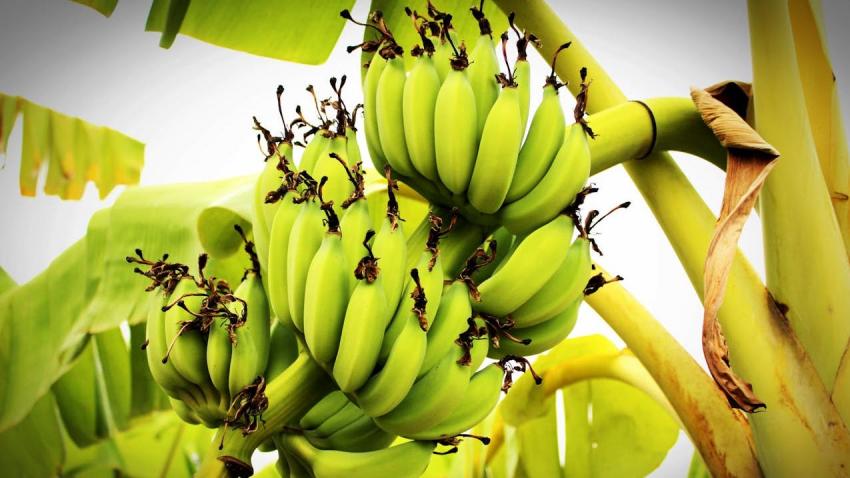
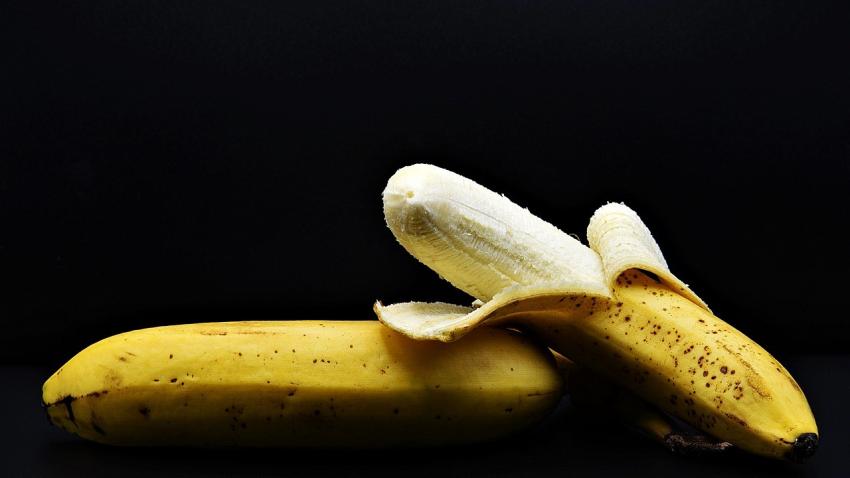
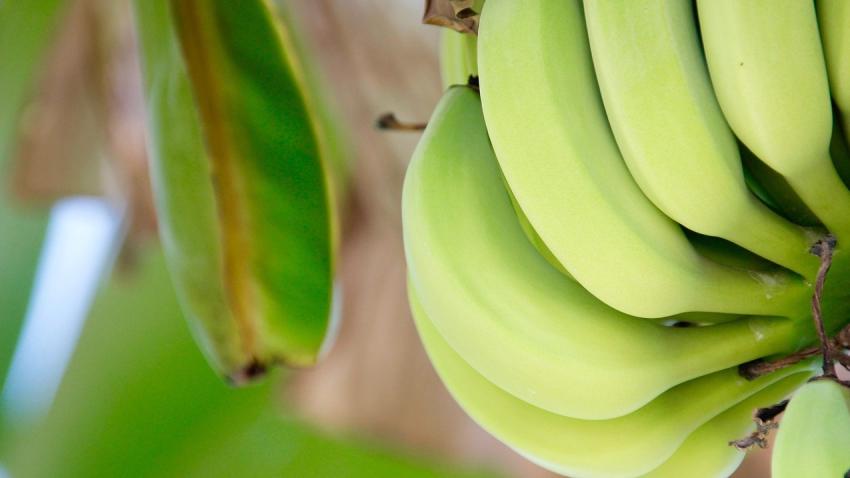
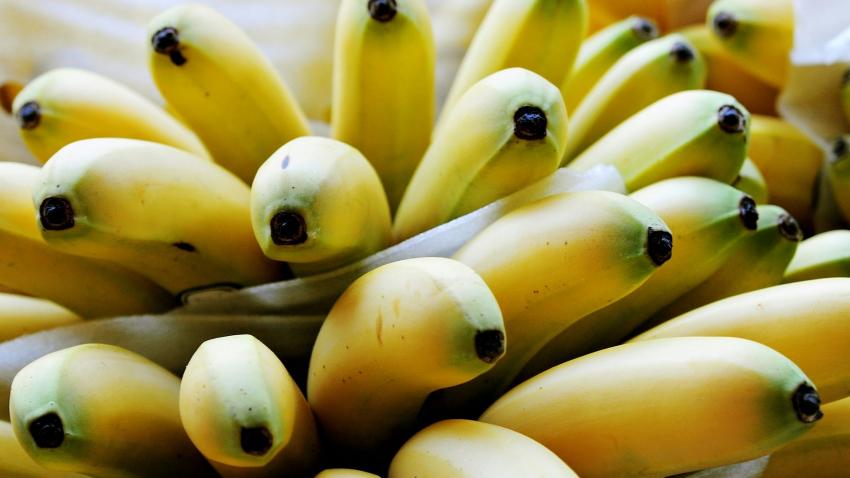






Add new comment